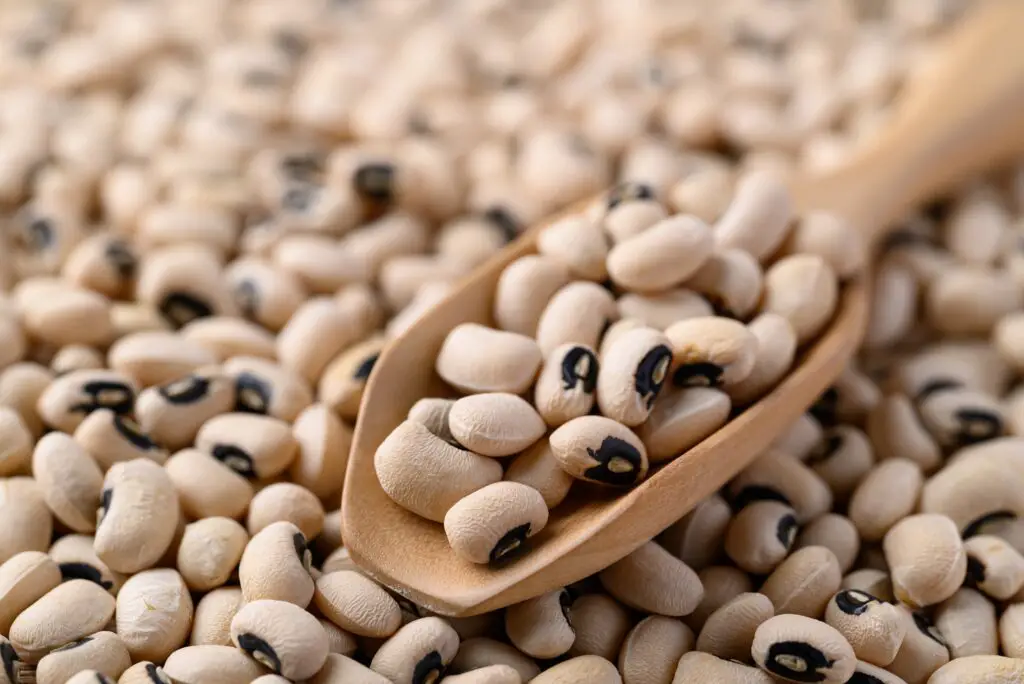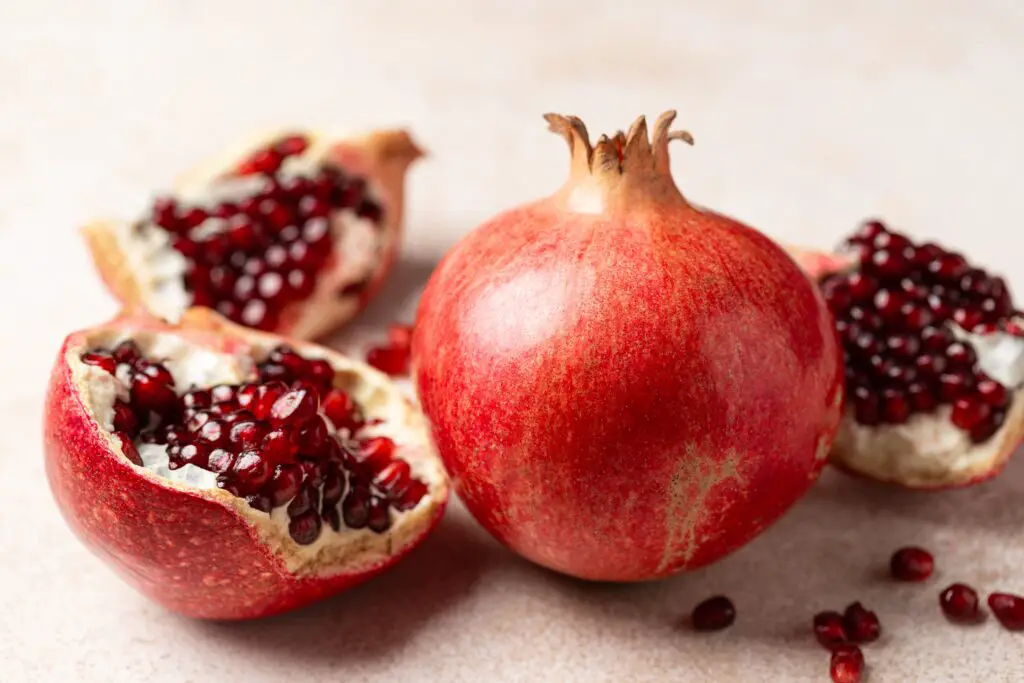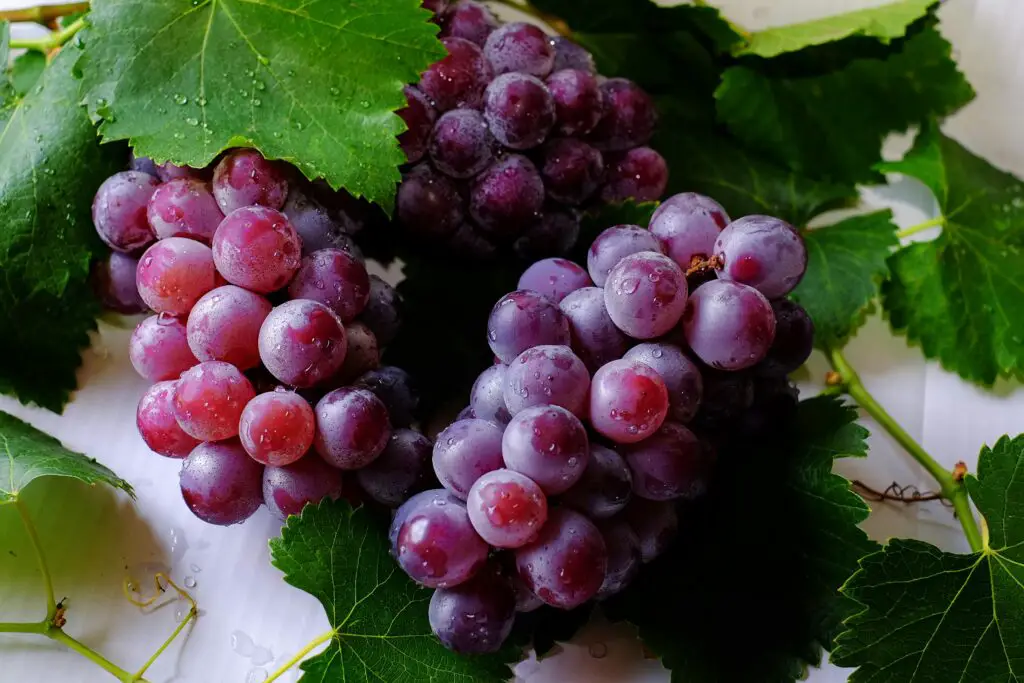1. Black-Eyed Peas

In the Southern United States, black-eyed peas were once considered a symbol of prosperity and good fortune, especially eaten on New Year’s Day. The tradition is believed to stem from the Civil War era, where the legume was thought to bring good luck for the year ahead. People would serve them with greens, cornbread, and ham, creating a meal that was meant to ensure wealth and health. The peas themselves were thought to represent coins, and eating them was said to bring a bountiful year.
However, over time, this tradition has faded, and black-eyed peas have become more of a New Year’s Day afterthought. While still eaten in some households, the symbolic significance of the dish has dwindled. Today, it’s less about luck and more about taste. People may not connect their plate of peas with prosperity, but it’s still a comforting, tasty part of the holiday meal.
2. Pomegranates

Pomegranates were once believed to be a powerful symbol of good luck and fertility in many cultures. In ancient Greece, they were associated with Persephone and the cycles of life, while in medieval Europe, the fruit was often seen as a symbol of abundance and prosperity. The ruby-red seeds were said to represent wealth, and eating the fruit was thought to bring good fortune and vitality.
These days, pomegranates are more of a trendy superfood than a symbol of luck. People eat them for their health benefits, like antioxidants, but the idea of pomegranates bringing good fortune has nearly disappeared. Still, the fruit remains popular, albeit more for its taste and nutritional value rather than its ancient mystical associations.
3. Lentils

Lentils have long been a symbol of luck in cultures across Europe, Asia, and the Middle East. The small, round shape of lentils was said to represent coins, which made them a natural food to eat during the New Year to ensure financial prosperity. In Italy, it’s traditional to eat lentils at midnight on New Year’s Eve, as it was believed that doing so would guarantee a year filled with wealth and good fortune.
While the tradition persists in some regions, lentils have mostly fallen out of the spotlight in favor of more modern meals. Their connection to luck has faded, and they’re often overlooked in favor of other grains or legumes. Despite this, lentils still hold their place in the pantry as a nutritious and hearty option, though they no longer carry the weight of superstition.
4. Fish

Fish have long been associated with good luck in many cultures, particularly in Asian traditions. The Chinese have a saying that eating fish during the New Year brings prosperity, as the word for “fish” (yú) sounds like “abundance” in Chinese. Fish, especially carp, are often served whole to symbolize completeness and good fortune for the year to come.
Though fish still hold a place in some holiday meals, their symbolic association with luck has become less prominent. Nowadays, fish is more often chosen for its health benefits or flavor rather than any belief in its ability to bring good fortune. The idea of eating fish for prosperity seems to have faded as newer food traditions have taken over.
5. Cabbage

Cabbage has a long history of being linked to good luck, especially in the form of a New Year’s tradition. In Ireland and parts of Europe, cabbage was eaten on New Year’s Day to ensure a bountiful year. The greens were thought to bring good fortune, and in some places, the cabbage itself was even believed to have protective properties. In Germany, cabbage was served with pork to ensure a year full of wealth and good health.
Today, cabbage is no longer viewed with the same superstitious reverence. It’s still a staple in many kitchens, but its association with luck has mostly been forgotten. Now, cabbage is more commonly enjoyed for its versatility in salads, stir-fries, and as a side dish rather than as a lucky charm for the year.
6. Grapes

In Spain, eating twelve grapes at midnight on New Year’s Eve was once a widely held belief to bring good luck for each month of the coming year. The tradition dates back to the early 20th century, when it was thought that the twelve grapes would secure prosperity and happiness. People would eat one grape for each chime of the clock at midnight, hoping to start the year on a positive note.
However, the custom has become less popular in recent years, with many people forgetting the significance behind it. The tradition is mostly seen in Spain today, and even there, it’s not as widely practiced as it once was. While grapes still appear in fruit bowls or as a snack, their association with good luck has largely been lost over time.
